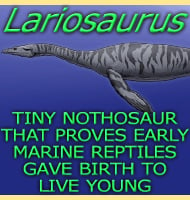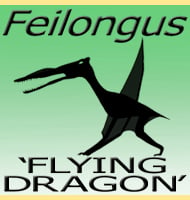Batrachognathus
In Depth As a member of the Anurognathidae, Batrachognathus is seen as being related to other pterosaurs such as Dendrorhynchoides, Jeholopterus and Anurognathus itself. Unfortunately Batrachognathus has also suffered from being damaged during the fossilisation process with the tall and broad skull being broken into several pieces as it lay under pressure in the lacustrine … Read more

